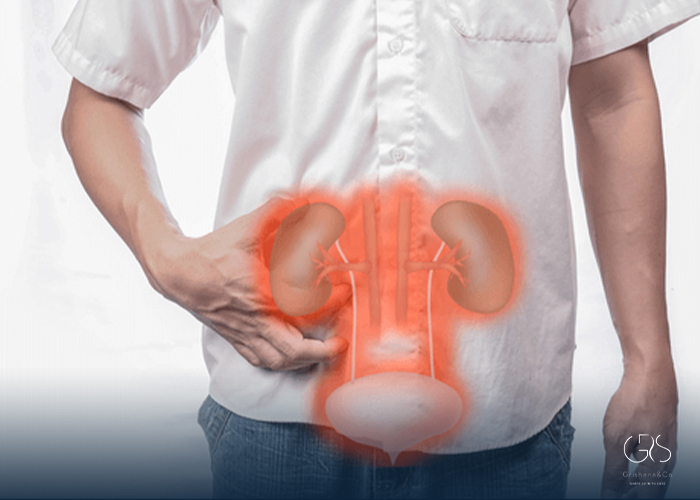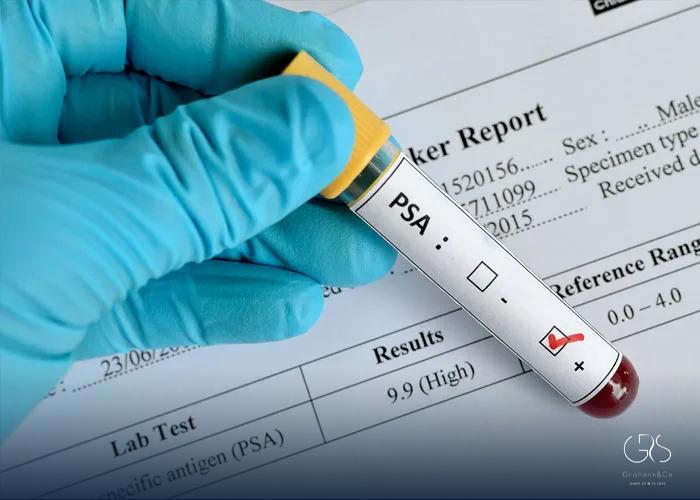Regular medical checkups are crucial for maintaining good health, especially as we age. One common exam recommended for men is a prostate exam. However, the idea of a prostate exam can be intimidating, and many men may have questions or concerns about the process. In this article, we will provide a comprehensive guide to understanding everything you need to know before a prostate exam.
Prostate Exam vs PSA Test
Before diving deeper into the topic, it is essential to differentiate between a prostate exam and a prostate-specific antigen (PSA) test. A prostate exam is a physical examination that allows a healthcare professional to check the size, shape, and condition of the prostate gland. On the other hand, a PSA test measures the level of PSA in a man’s blood, which can be an indicator of potential prostate issues. Both tests serve a distinct purpose and may be used together to assess a man’s prostate health.
Who Should Get a Prostate Exam?
The American Cancer Society recommends that men discuss the benefits and risks of prostate screening with their doctors to make informed decisions about whether to undergo a prostate exam. Typically, men with an average risk of developing prostate cancer should consider having a baseline prostate exam at age 50. However, individuals with specific risk factors, such as a family history of prostate cancer or African American men, may need to start screening earlier.
Signs of Prostate Problems

Understanding the signs and symptoms of prostate problems is crucial in maintaining prostate health. While these symptoms may not necessarily indicate cancer, they should be evaluated by a healthcare professional. Common signs of prostate problems include:
- Frequent urination, especially at night
- Weak or interrupted urine flow
- Inability to empty the bladder completely
- Blood in urine or semen
- Pain or discomfort during urination or ejaculation
- Erectile dysfunction
Recognizing these signs and reporting them to a doctor can help in early detection and treatment of potential prostate issues.
How is a Prostate Exam Performed?
Now, let us explore how a prostate exam is performed. There are two main types of prostate exams conducted by healthcare professionals: the digital rectal exam (DRE) and the transrectal ultrasound (TRUS).
During a DRE, the doctor inserts a gloved finger into the rectum to examine the prostate gland manually. This allows the doctor to check for any irregularities in size, shape, lumps, or other abnormalities. The procedure is usually quick and may cause minimal discomfort.
Alternatively, a TRUS involves the use of a small probe inserted into the rectum. This probe produces sound waves, which create images of the prostate on a monitor. The images provide a more detailed view of the prostate, helping the doctor identify any potential issues accurately.
Both methods are considered safe and effective in assessing the prostate’s condition, and the choice of the technique may vary based on the healthcare professional’s preference or suspected abnormalities.
What Does a Prostate Exam Feel Like?
One concern that many men have about prostate exams is the potential discomfort associated with the procedure. While it can feel slightly uncomfortable, the majority of men report that a prostate exam causes minimal pain. However, it is essential to communicate any concerns or anxieties with the healthcare professional performing the exam, as they can provide reassurance and guidance throughout the process.
What To Expect After a Prostate Exam
After a prostate exam, it is normal to experience some temporary side effects. These may include slight rectal bleeding, mild soreness, or discomfort. These symptoms typically subside within a day or two. If symptoms persist or worsen, it is crucial to consult with a healthcare professional promptly.
Understanding Prostate Exam Results
Understanding the results of a prostate exam requires a comprehensive evaluation done by a healthcare professional. The exam results may be accompanied by blood test reports such as PSA levels and further imaging tests, if necessary. These results will help determine the appropriate course of action, including additional tests or treatments, if any concerns are identified.

Conclusion
Regular prostate exams are a crucial part of men’s healthcare, and understanding the process is pivotal in overcoming any concerns or anxieties associated with the exam. It is crucial to follow your doctor’s recommendations regarding prostate screening, especially if you have risk factors. By maintaining open communication with healthcare professionals, men can take proactive steps in preserving their prostate health.
Sources
- American Cancer Society, Key Statistics for Prostate Cancer
- Mayo Clinic, Prostate cancer screening: Should you get a PSA test?
- Harvard Health Publishing, Prostate Health







